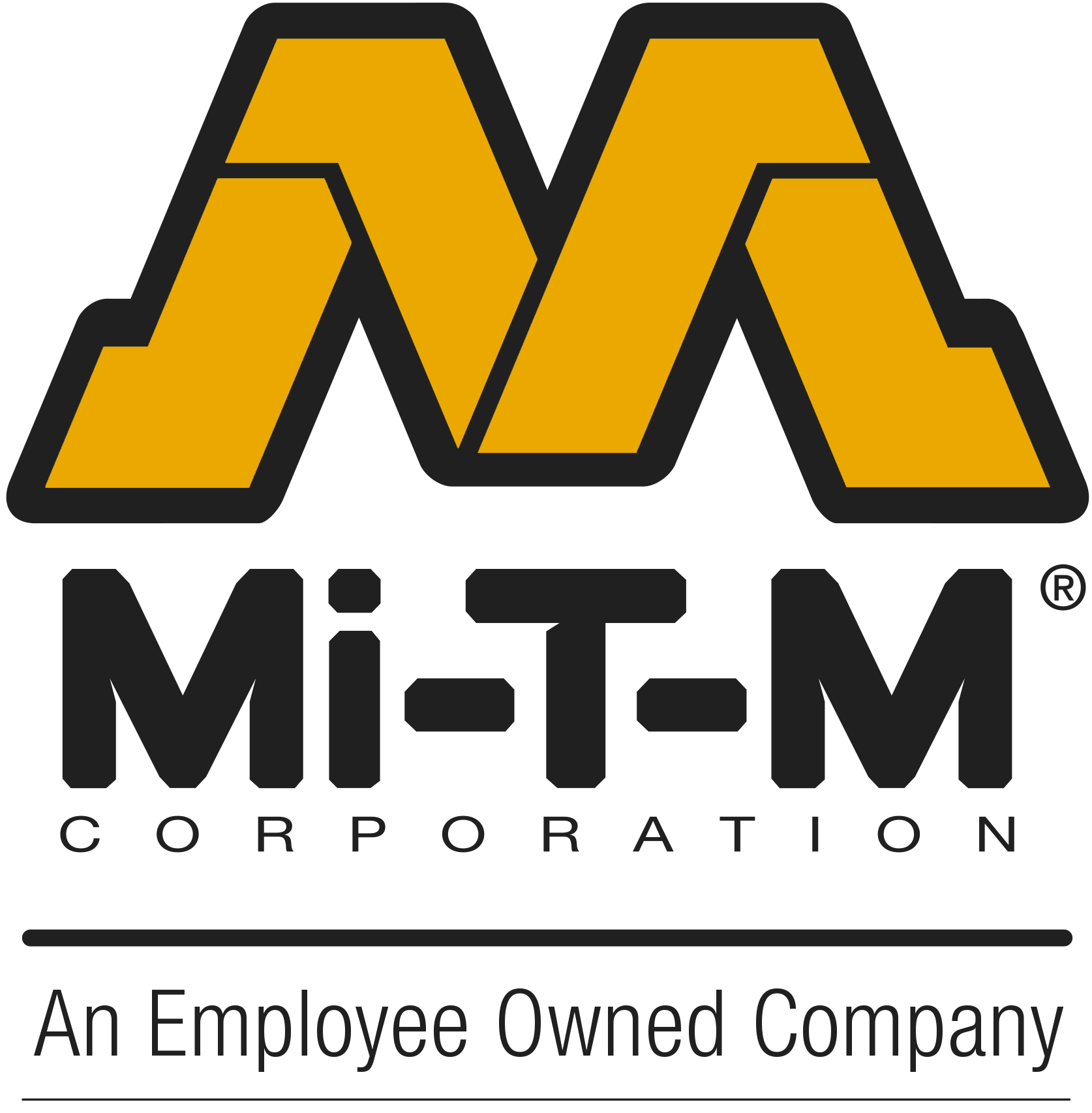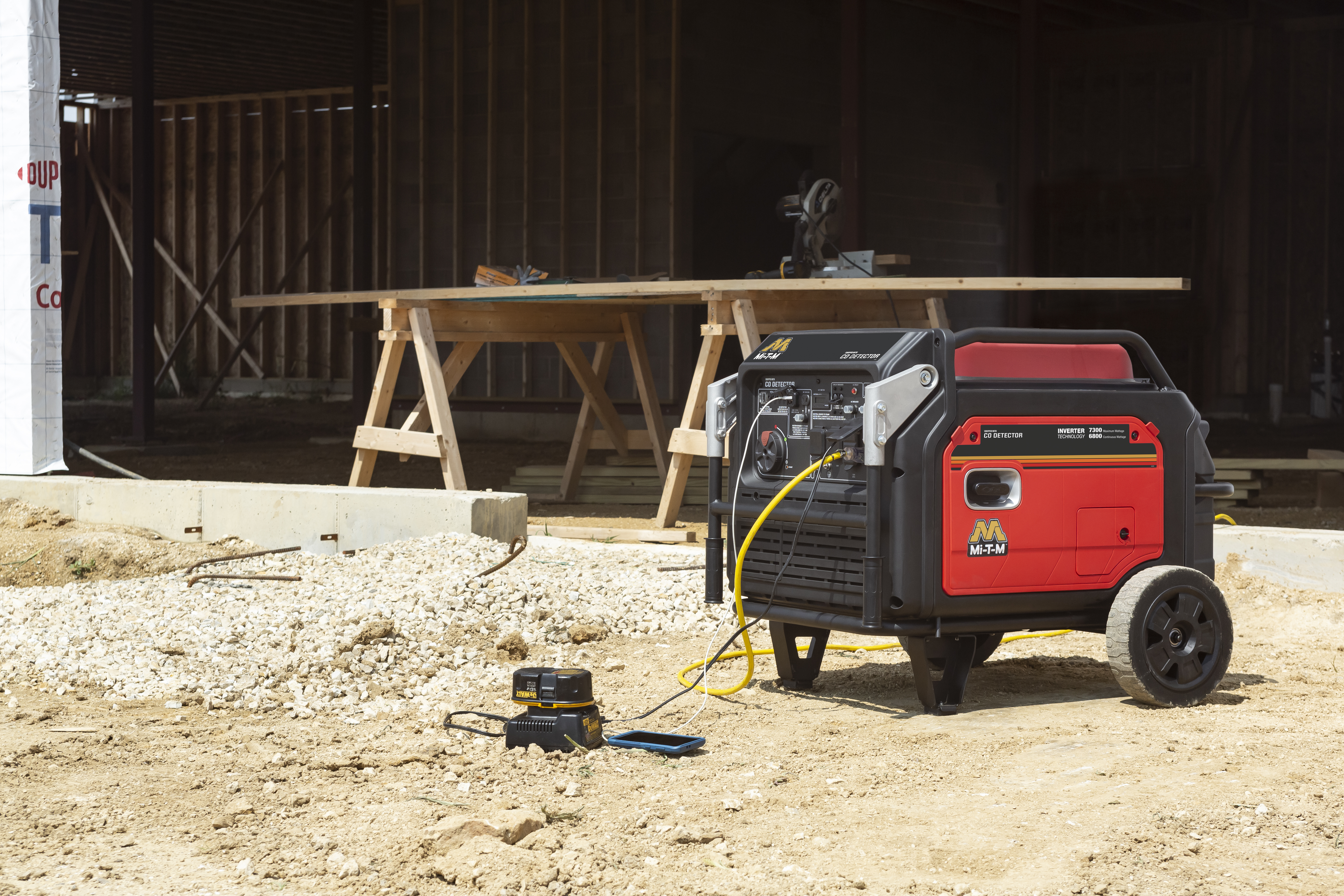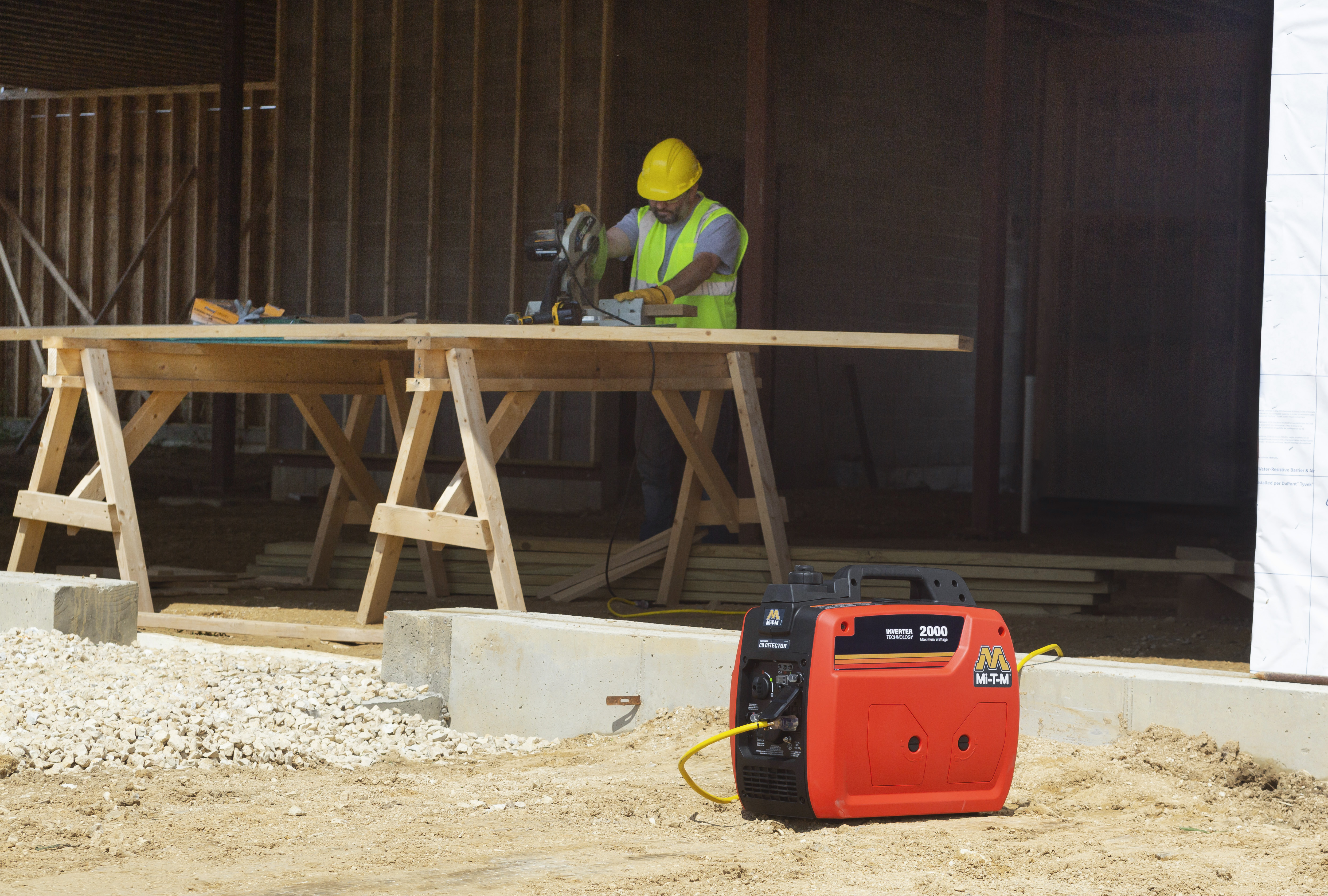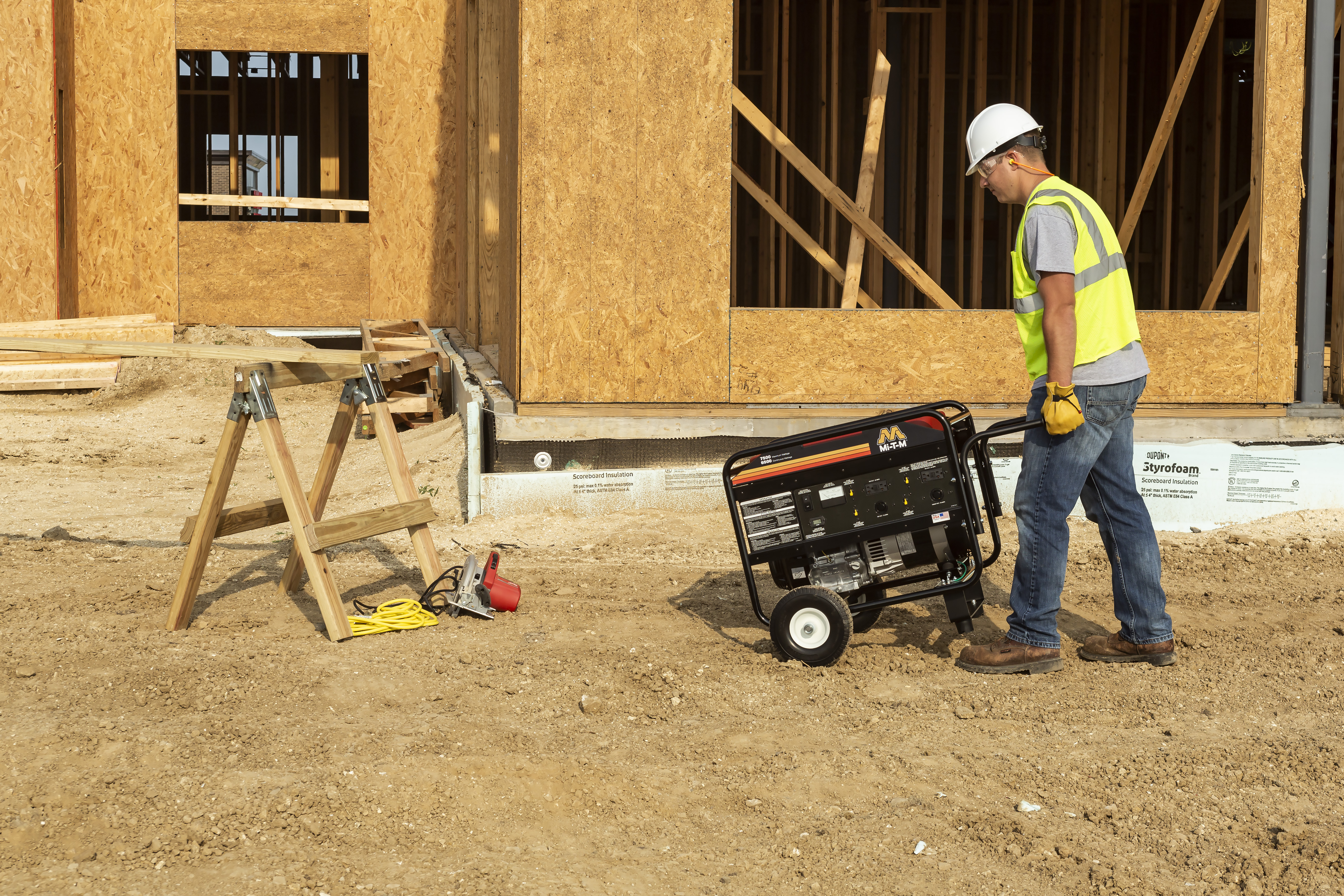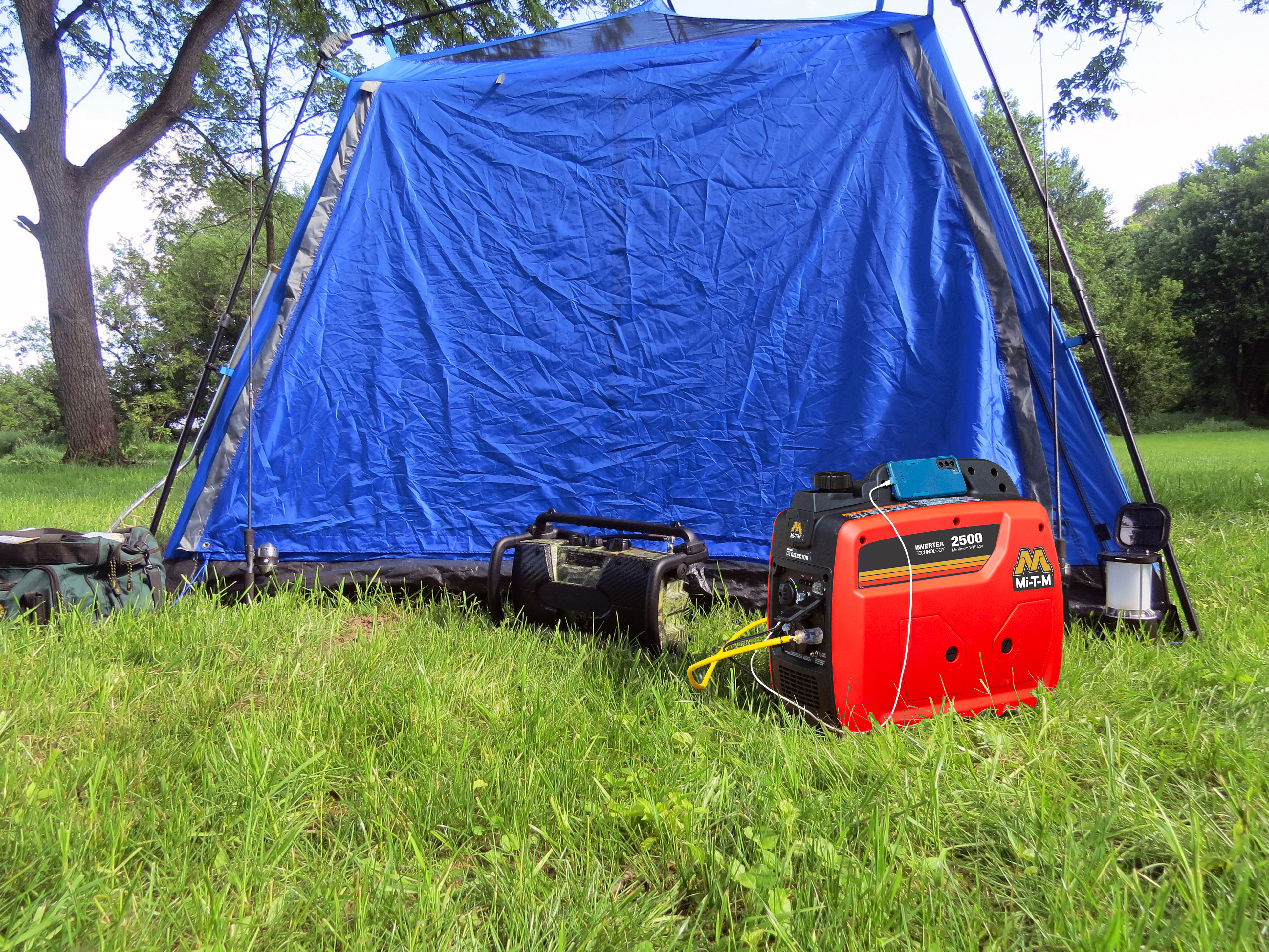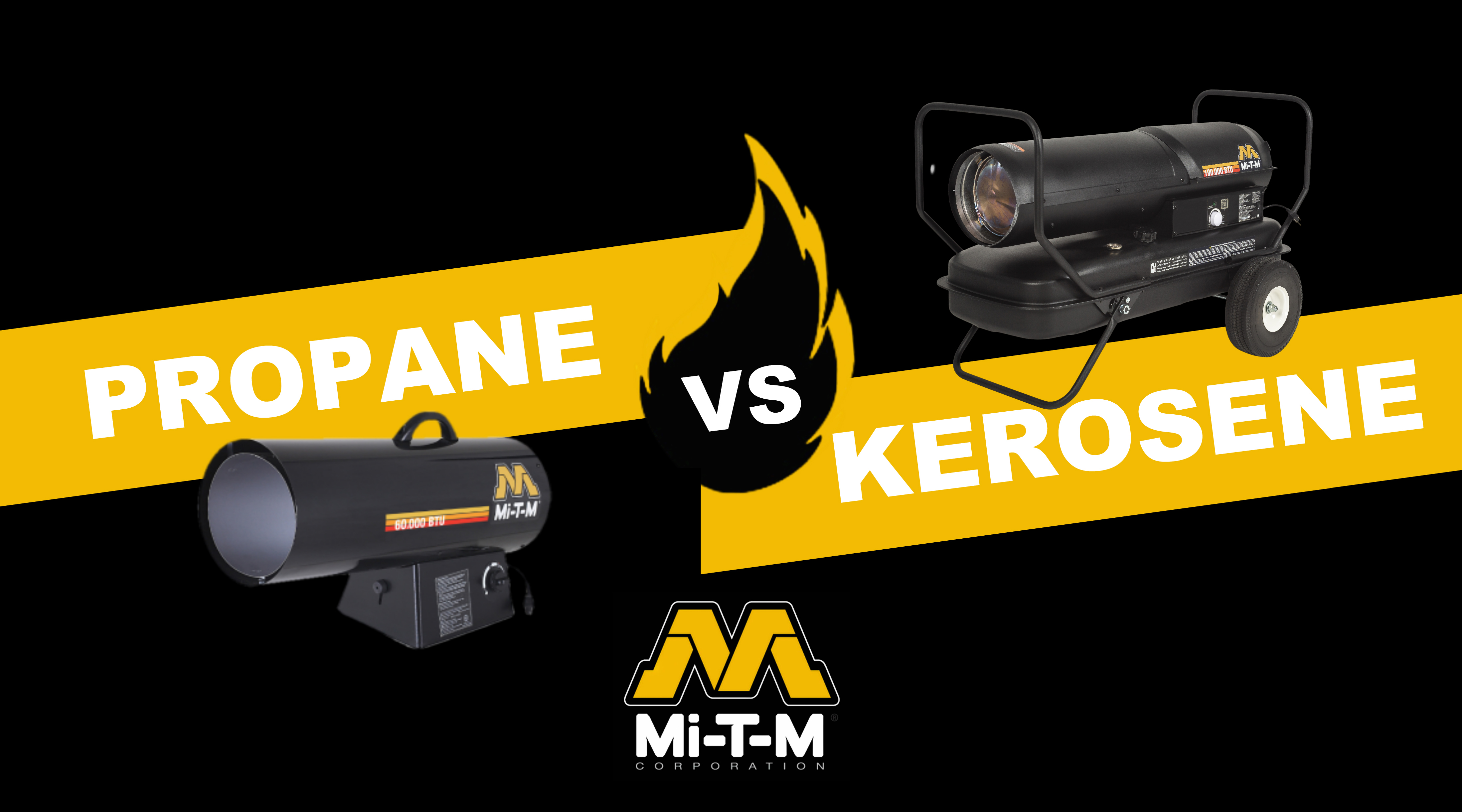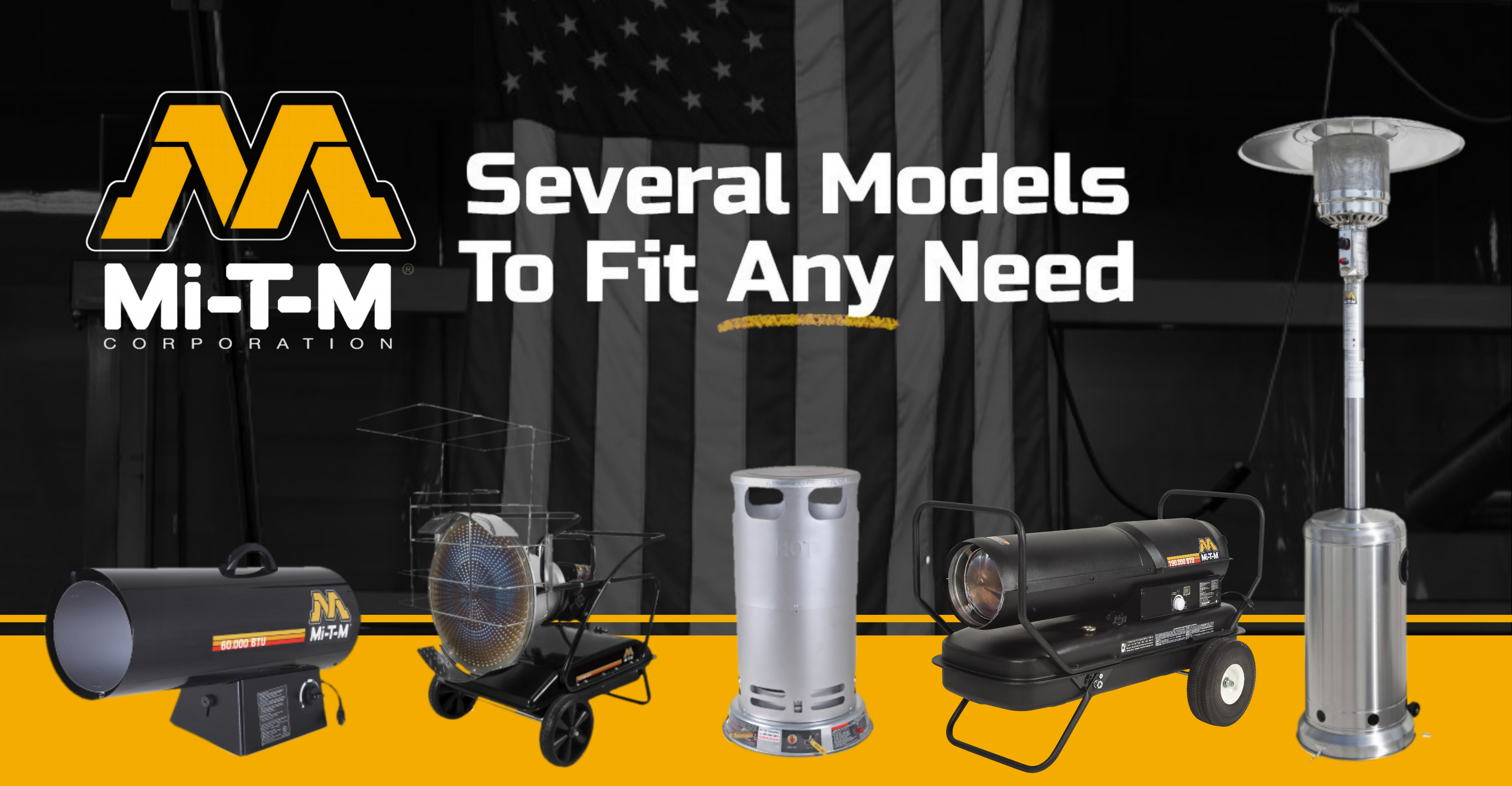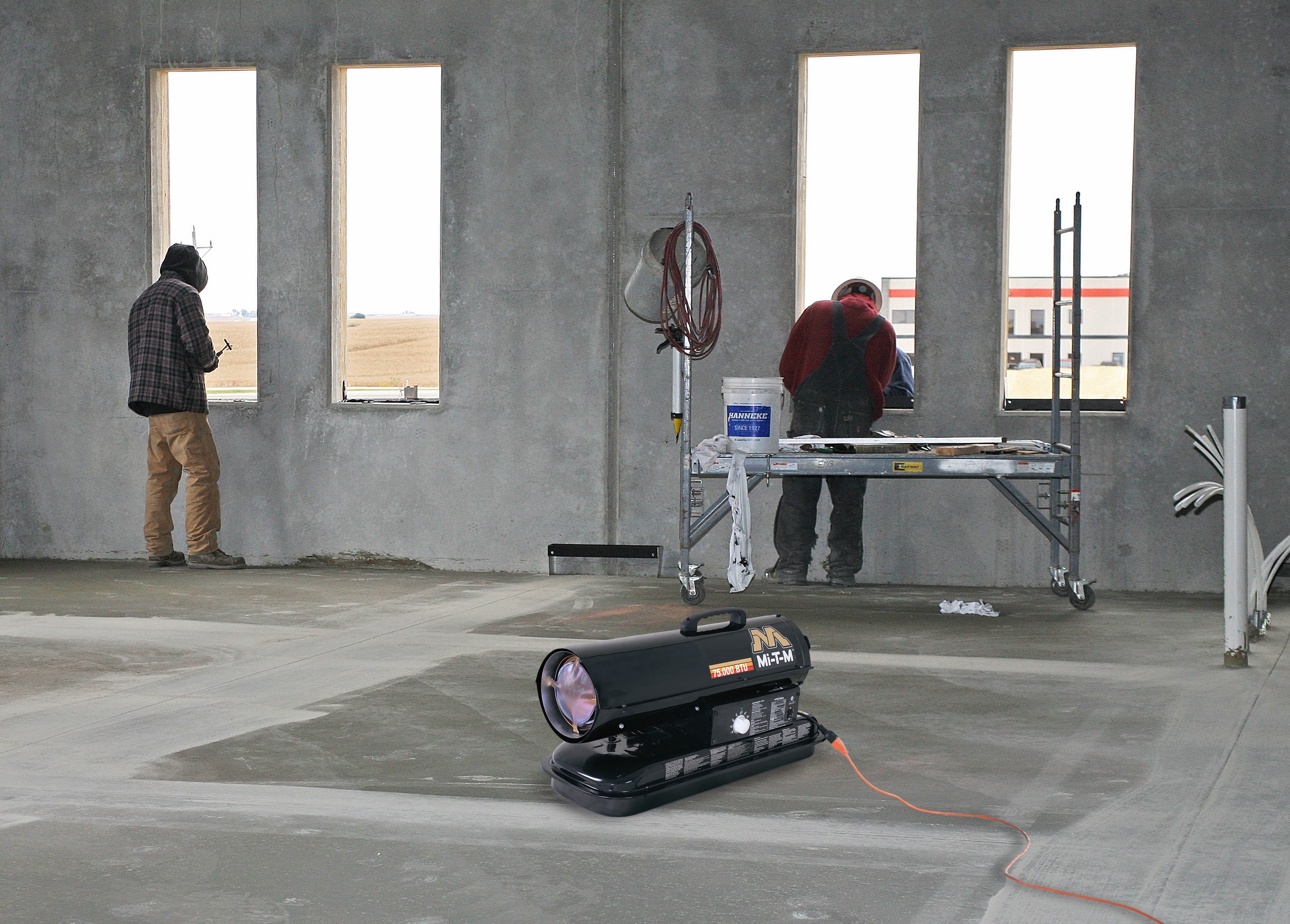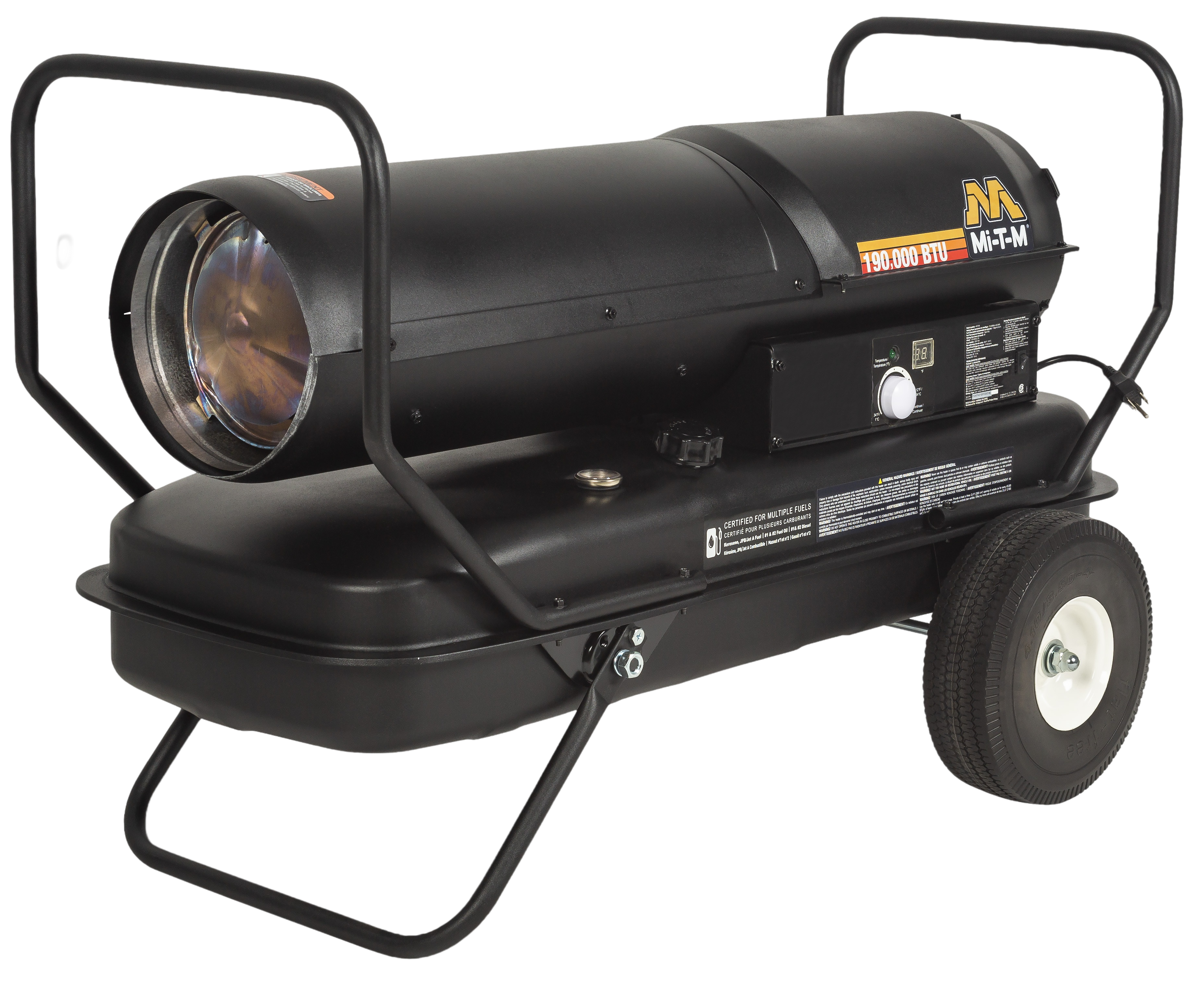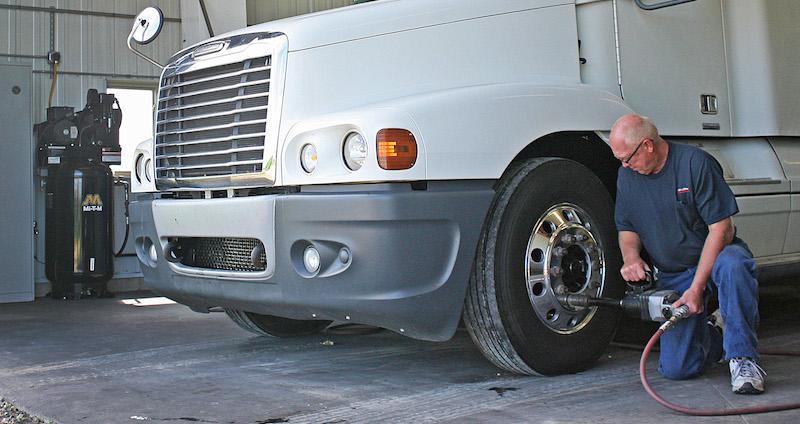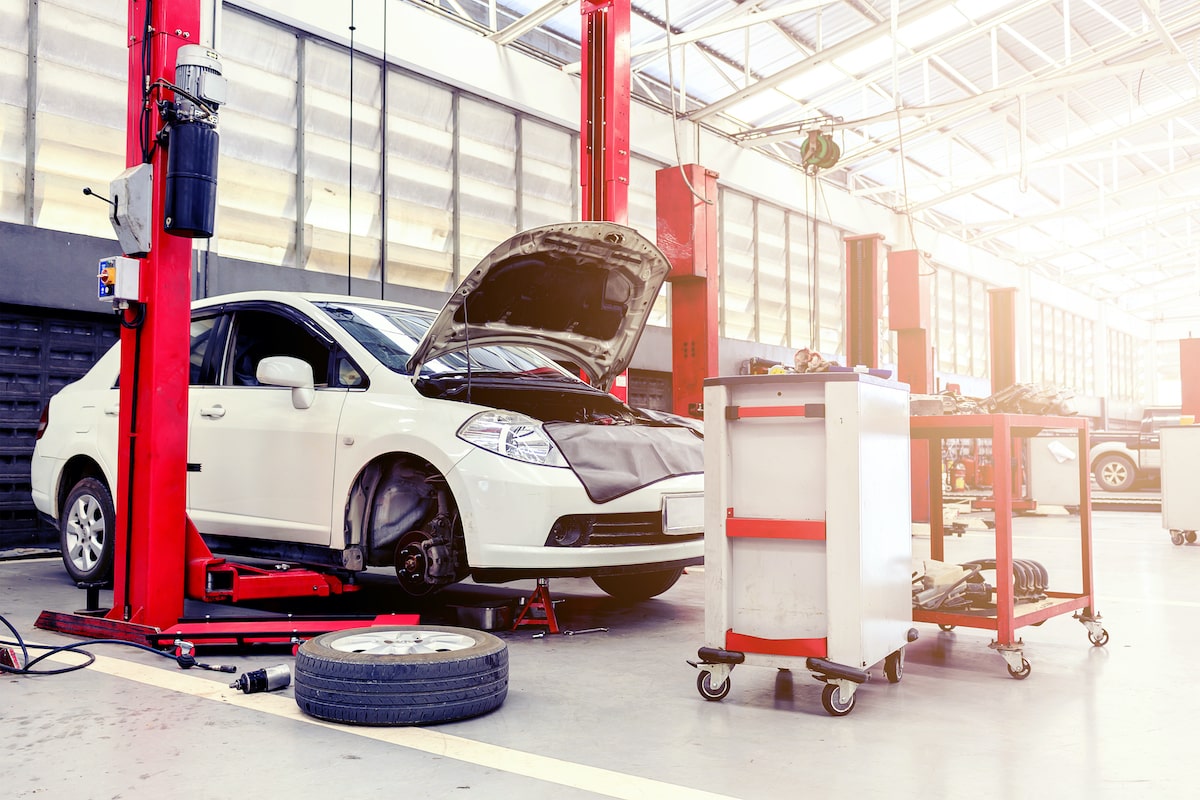Generator Maintenance
Maintaining Your Mi-T-M Generator
Whether your generator is used on a jobsite or needed during an emergency, you want your generator to be in its best working condition. Regular cleaning and maintenance of your generator will ensure a long life, so you can have reliable power every time.
The main steps to generator maintenance include:
- Cleaning the Exterior
- Overall Inspection
- Changing Oil & Cleaning Air Filters
- Checking Spark Plug, Hoses, Etc.
- Preparing for Storage
For your safety, make sure you have the generator in a well-ventilated area for cleaning and maintenance. Be sure you read the manual, as it is your go-to guide for your specific Mi-T-M generator model! The manual provides maintenance details, including a periodic chart, so you know how often everything needs checked and maintained. Following the maintenance guidelines and directions help you get the most out of your Mi-T-M generator for years to come.
For basic maintenance, gather all your supplies in advance. That includes rags, oil pan, fresh engine oil, warm soapy water for filter cleaning, your owner’s manual and gloves to protect your hands.
Cleaning Your Generator’s Exterior
The first step for optimal operation is a good cleaning. You will want to keep your generator clean and free of dust, dirt and grime. The best way to clean it is with dry rags or shop towels. It just takes a few minutes to wipe off the frame and panels to remove any surface dust and grime. Cleaning your generator’s exterior also allows you to inspect all parts of the generator to ensure they are all in working order.
You may use low pressure air to clean off dust, but do not use a water hose, sprayer or power washer to clean your generator. Using those allows water into the air intake and other areas, and the water will damage your generator.
Inspect Hoses, Fittings & Fuel Cap
Inspection is something anyone can do to maintain a generator. You should inspect it daily when in use, as well as, before use and after sitting in storage.
After you clean the generator, inspect the fuel hoses and fittings, fuel tank and fuel cap. Depending on what model you own, you may need to remove a side panel to access the inside of the generator unit. The carbon canister and mounting brackets should also get a close look. Tighten anything that is loose, such as the oil drain plug. Look for cracks, leaks or abnormal wear on the hoses and parts. To maintain your warranty and receive qualified Mi-T-M generator service, contact a service center to replace any parts, as needed.
Changing the Air Filter & Oil
As with any gas engine, one of the key factors to generator maintenance involves regular oil changes and a clean air filter. These tasks are especially important if you run your generator in a dusty, dirty environment, such as a construction site or shop.
First, let’s review the oil change process. The oil should be changed after the first 20 hours of operation, then every 100 hours after that. You should make a regular practice of checking the oil level before starting the generator.
When you are ready to change the oil, stop the engine and get an oil pan ready. Drain the oil, then put the oil drain plug back. Following the instructions for your Mi-T-M generator model, refill the oil with the proper type of oil to the oil level indicated. Wipe up any oil spills around or on the generator, and recycle the old oil at your solid waste agency.
The air filter plays an important role in the efficiency of the generator. If it is dirty, that will make the generator work harder and use more fuel, so cleaning is key when it has a heavy buildup of dust. To access the air filter, you’ll need to unscrew the air cleaner cover and pull out the foam filter. Foam air filters can be washed in warm, soapy water, rinsed and then squeezed to help it dry. Let it air dry, then lightly coat with new engine oil, squeeze out excess oil and replace the filter.
Spark plugs and spark arrestor should also be checked frequently for carbon buildup. If the spark plug is dirty, clean it using a plug cleaner or wire brush. Check the spark plug type and spark plug gap according to your generator model’s manual. Replace with a new spark plug as needed.
The spark arrestor should be looked at every 100 hours or so. It is close to the exhaust, so perform this check when the unit is cool. Once removed, you can brush off carbon deposits on the spark arrestor screen and inspect it for breaks or tears.
If you can’t make time in your workday to check and clean spark plugs, contact a Mi-T-M service center to schedule an appointment with a technician. It’s a good idea to have a professional check out anything you have a question about before you put your generator to use or in storage.
Prepare for Storage
Many Mi-T-M generator owners only use their generator when needed for emergencies or short-term use on a remote jobsite where utility access isn’t readily available. Be sure to prepare your generator for short-term storage (less than 6 months) or long-term storage. For both lengths of storage, the first step is to add a gasoline stabilizer according to the directions.
-
For short-term storage
Run the unit for at least two minutes to mix the fuel and stabilizer. Close the fuel valve and run your generator until it stops.
-
For long-term storage
Run the generator until the fuel is completely gone from the fuel tank and carburetor. As the engine begins to die, move the choke lever to the CHOKE position.
Finally, clean and protect the exterior of the generator and store it in a dry, well-ventilated location.
Refer to your Mi-T-M generator manual or reach out to a Mi-T-M service center for details about keeping your generator running when you need it the most.
Should You Get a Kerosene or Propane Portable Heater?
Kerosene or Propane Portable Heater
If you spend a lot of time outdoors or working in your garage or workshop, you know sometimes the temperatures can be unfavorable. This is where propane and kerosene heaters from Mi-T-M come in handy to keep you warm all year round. With dozens of portable heaters to choose from, it may be hard to decide which is right for you. This article will help you understand the difference of kerosene vs propane heaters.
As you begin shopping, here are 4 questions you should ask yourself before making a purchase:
- Firstly, you need to decide where and when will you use the heater. We recommend different models for different uses. In a ventilated garage or on a worksite where you would need a propane heater indoors, you might prefer a kerosene forced air model. For dinner parties on the deck, try our outdoor patio heater.
- Secondly, do you prefer a kerosene or propane model? Kerosene is combustible, burns strongly and offers a strong amount of heat. By contrast, propane burns cleaner and tanks can easily be found at most gas stations and grocery stores.
- How long will you need to run the heater? A propane model running off a 20-pound propane cylinder set at low will last for up to 72 hours and set at high will last for 24 hours, depending on the model. However, if you just need some warmth while you’re in your garage, you might prefer a kerosene forced air heater.
- Will you need to carry the heater long distances? If so, you will need to consider the weight and wheel kit of each model. Many units already feature wheel kits for portability, so make sure to consider how far you will need to transport your heater to and from jobsites and work areas.
Portable Kerosene Heaters
The heat from our models of kerosene heaters—measured in British thermal units (BTU’s)—range from 75,000 up to 600,000 BTU’s per gallon. Mi-T-M’s kerosene air heaters provide dependable heat for large ventilated areas up to 15,000 square feet. They feature built-in temperature control and sure start ignition.
Portable Propane Heaters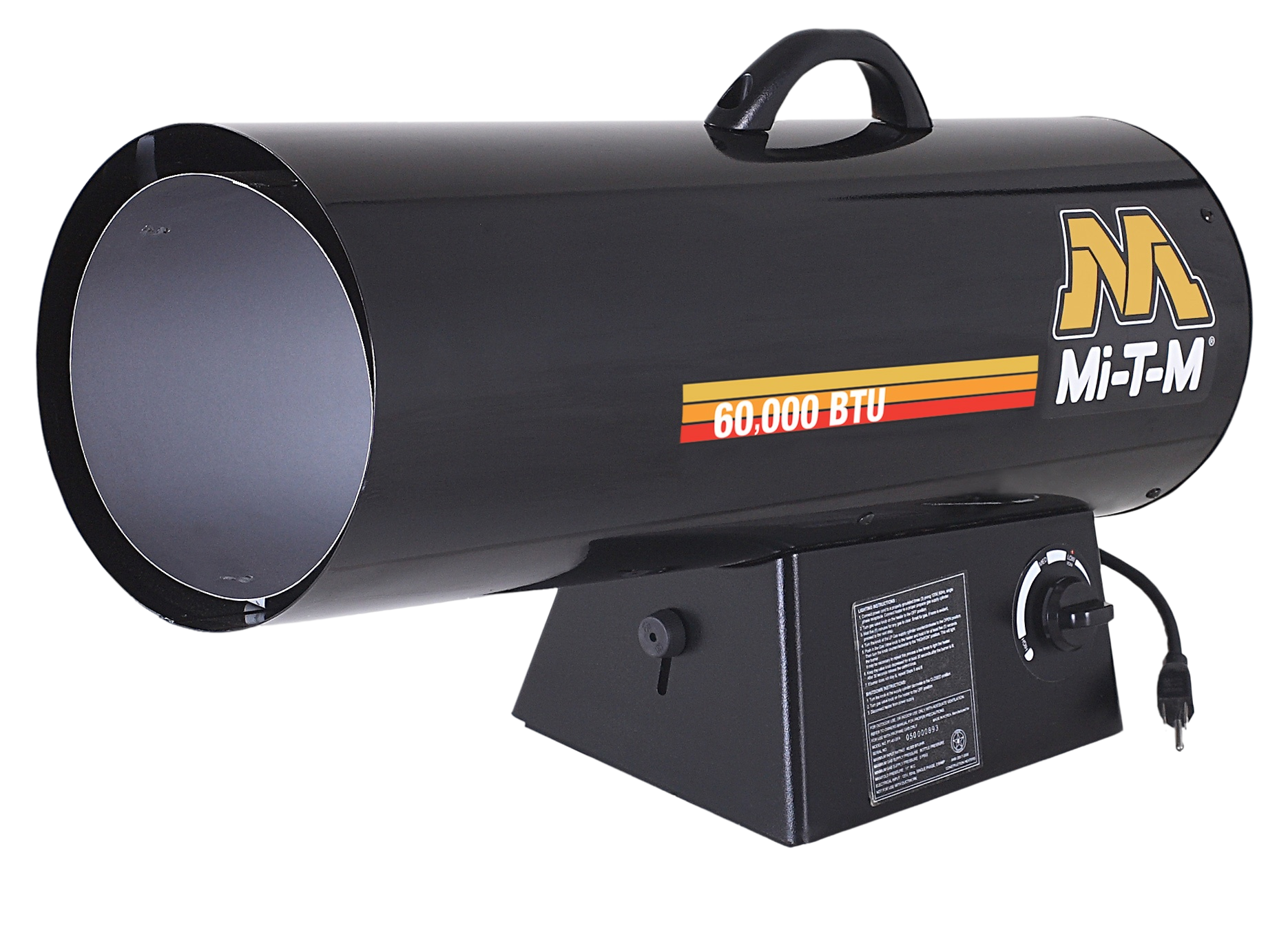
Mi-T-M propane heaters offer 40,000 up to 375,000 BTU’s per gallon. Mi-T-M’s propane heaters are lightweight, portable and ideal for drying and heating well ventilated workspaces. Mi-T-M offers several options of propane heaters, including forced air propane heaters that are perfect for jobsites, propane tank-top radiant with variable heat controls, propane radiant outdoor patio heater and our propane cabinet utility heater. Just add a propane cylinder, plug in your heater and stay comfortable in cold temperatures.
Portable heaters can be used in a variety of situations and locations – for emergency power outages, to heat outdoor events, in ventilated garages and work areas, on construction sites and much more. Wherever and whenever you need warmth, a portable heater is the perfect solution.
For more information on Mi-T-M heaters, frequently asked questions, videos and more, visit our heaters page.
For questions and to purchase a Mi-T-M heater, call or visit your local Mi-T-M dealer.
Wash Bays – Efficient And Effective Heavy Equipment Cleaning
Mi-T-M wash bays are built for industrial and commercial equipment cleaning with the added benefit of keeping customer operations within compliance.
How Wash Bays Work
Work vehicles and equipment enter the wash bay area and are either sprayed off by a pressure washer or water cannon, rinsing off dirt, grime and grease. Angled to catch the dirty water, the catch basin is below the wash pad and leads to a water treatment recycling system. The contaminants are separated from the water and drained into a disposal system, while the water is stored separately for future reuse.
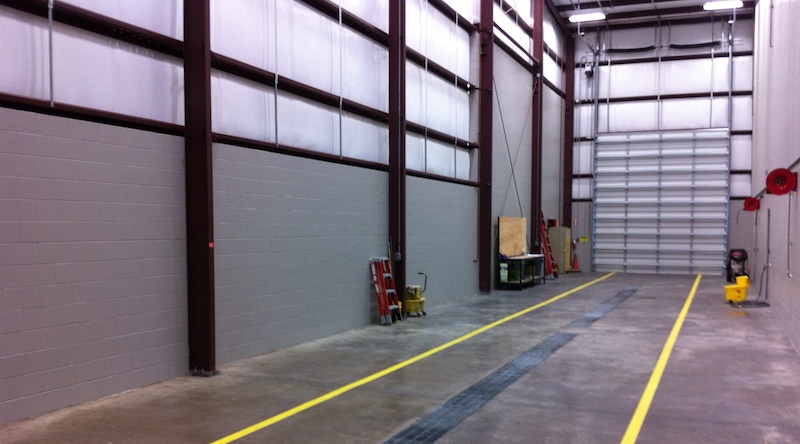
Alklean Industries, Inc. in Pasadena, Texas.
What It Contains
Efficiently and effectively clean trucks and equipment using an on-site wash bay. By rinsing away excess mud, oil and other contaminants, vehicles can run better, and equipment can function properly and last longer. Within a wash bay, there is a wash pad, pressure washer, catch basin, recycling machine and disposal system.
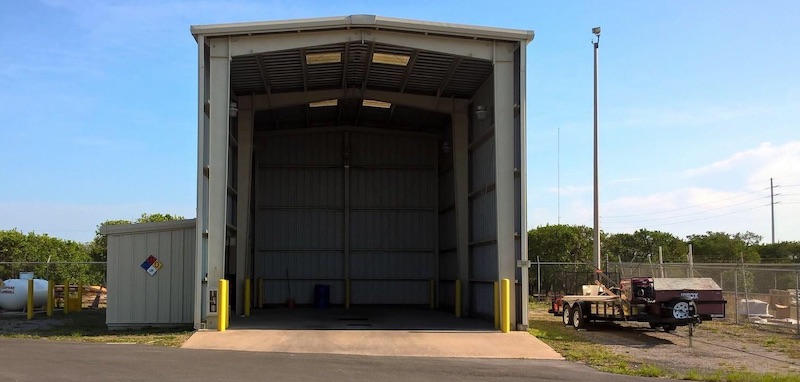
Exterior photo of a wash bay located at Southern Environmental Equipment in Leesburg, Florida.
Save Money while Saving the Environment
Wash bays provide the ability to clean equipment, while disposing of wastewater safely. Contaminants washed from general work site equipment can have a harmful effect on the environment, but by using a wash bay, it collects the pollutants and keeps them from spreading. After dirty water is run through the recycling system, it can be stored and re-used.
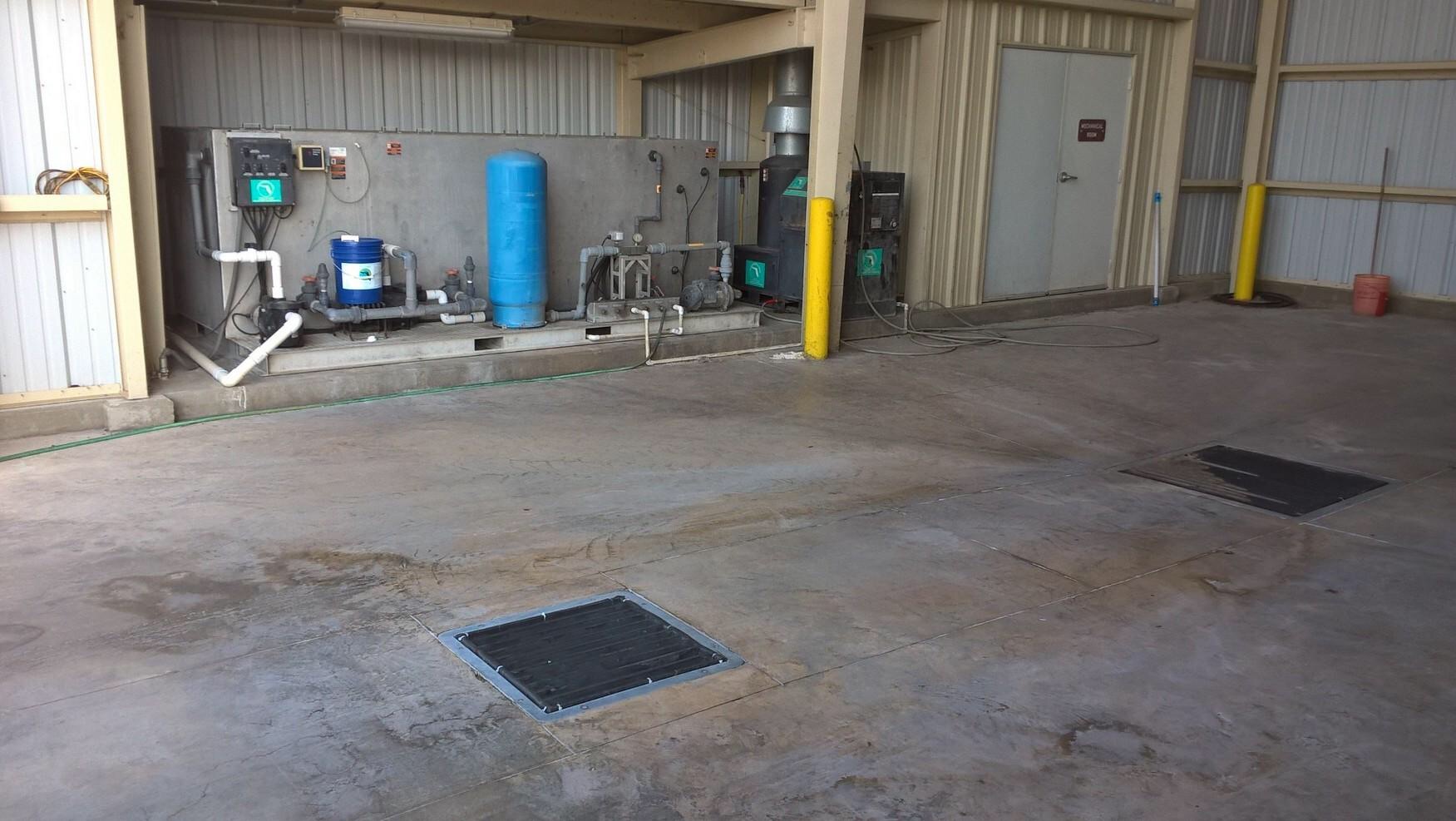
A water treatment system, catch basin and wash pad from Southern Environmental Equipment in Leesburg, Florida.
Types of Wash Bays
Wash bays can be permanent or mobile, depending on what you need it for. For sites that are temporary, a portable wash bay can help clean what you need throughout the duration of that site’s location. No matter the type of wash bay you choose, you can depend on it to properly recycle dirty wash water and dispose of its contaminants.
To help you decide on the specifications your wash bay will need, Mi-T-M’s dealers have the knowledge to assist you. By designing, supplying and installing your new wash bay, you can have peace of mind knowing it was completed by the experts. From start to finish, our dealers will be there to answer any questions you may have along the way.
Air Compressors for Automotive Applications
Air compressors can be used for a wide range of applications in the automotive industry. Pneumatic tools make auto repair and body work easier when paired with the correct compressor, but how do you choose an air compressor best suited for your application?
Choosing an Air Compressor for an Automotive Shop
When deciding on an air compressor for an automotive shop, you first need to define how the air compressor will be used. You want to match the specs of the air compressor to your needs. Taking the following questions into consideration will help guide you to the right air compressor choice.
What air pressure and CFM do you need for your tools or sprayers?
Each tool is rated to use a specific amount of CFM at a certain PSI. For example, a paint spray gun may require 5 CFM at 70 PSI, where as a 9” grinder may use 17.5 CFM at 90 PSI. Doing an audit on tools each technician uses, in addition to the average amount of time the tools are used, will help determine the size of compressor needed. Mi-T-M offers both 80-gallon and 120-gallon simplex and duplex models at 5 to 15 horsepower; 18 to 93 CFM at 175 PSI. If you’re curious about the CFM and PSI requirements on a variety of tools, check out Mi-T-M’s Air Equipment Estimating Guide.
What is your power source for the air compressor?
It’s important to know what phase and voltage power your location has. Do you have 230V 1Ø or 460V 3Ø? The air compressor you choose needs to match in order to work properly. Consult an electrician to verify which phase and voltage power you have.
How much space do you have allocated for the compressor?
It is important that air compressors are receiving a steady supply of air, so you want to make sure you have an open, ventilated space for your air compressor. Mi-T-M offers horizontal and vertical 80-gallon and 120-gallon compressor options perfect for automotive needs.
Is there a need for multiple ports?
If you have several mechanics, you will benefit from a compressor with multiple outlets for connecting tools at separate work stations.
Want to learn more about auto shop air compressors? Be sure to visit our Air Compressor FAQ page.
Remember that Mi-T-M provides a variety of equipment for use in auto shops, body shops, worksites, etc. In addition to a full line of portable and stationary air compressors, Mi-T-M carries a full line of pressure washers and wet/dry vacs for cleaning vehicles and auto shop spaces.
Start by checking out air compressor options today and Find a Mi-T-M dealer near you.
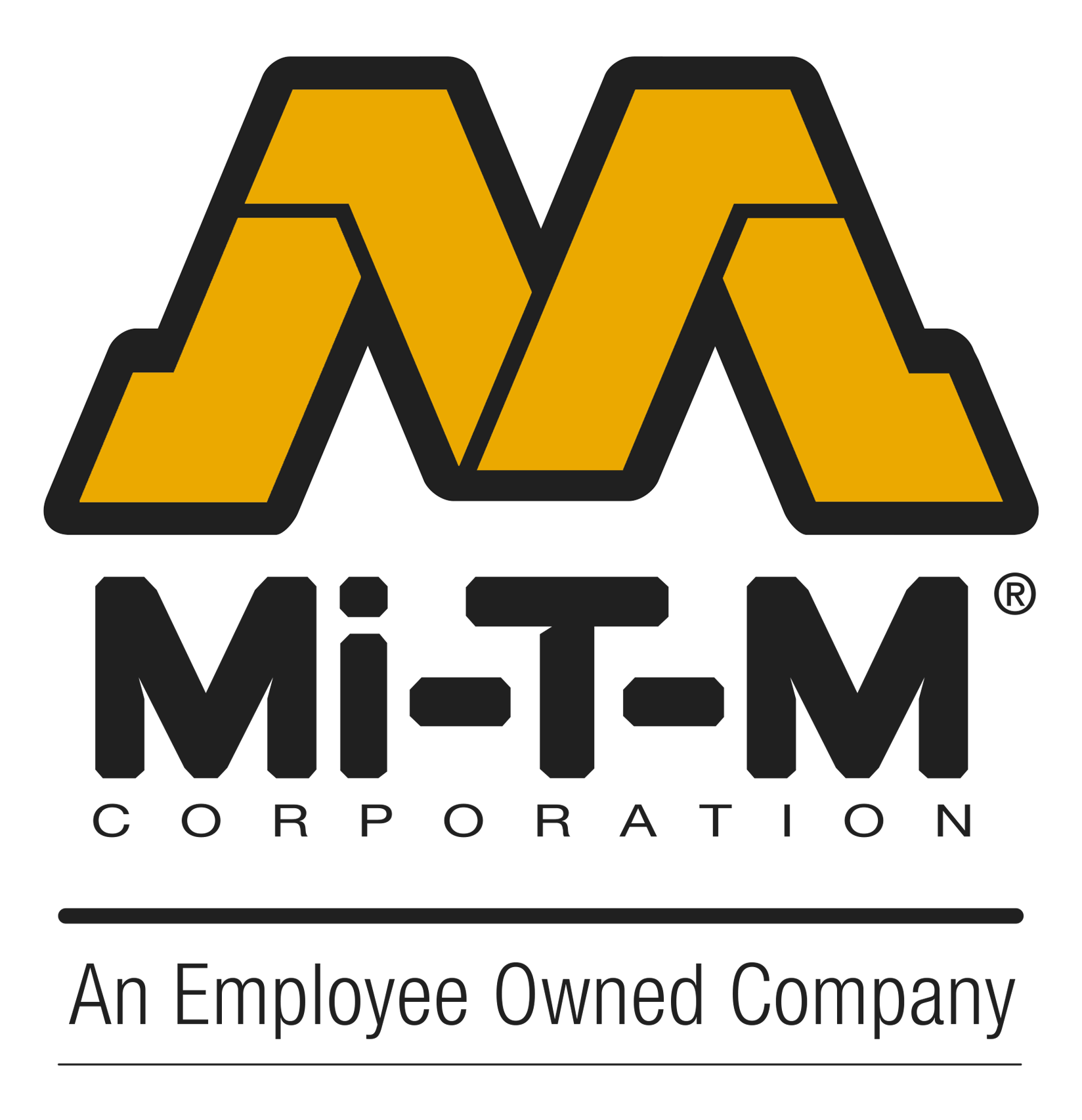



 Latest Equipment
Latest Equipment
 Accessories
Accessories
 Pressure Washers
Pressure Washers
 Air Compressors
Air Compressors
 Generators
Generators
 Air Compressor Generators
Air Compressor Generators
 Air Compressor / Generator / Welders
Air Compressor / Generator / Welders
 Portable Heaters
Portable Heaters
 Water Treatment Systems
Water Treatment Systems
 Trailers
Trailers
 Water Pumps
Water Pumps
 Wet / Dry Vacuums
Wet / Dry Vacuums
 All Residential Products
All Residential Products
 All Commercial Products
All Commercial Products
 Pressure Washers
Pressure Washers
 Generators
Generators
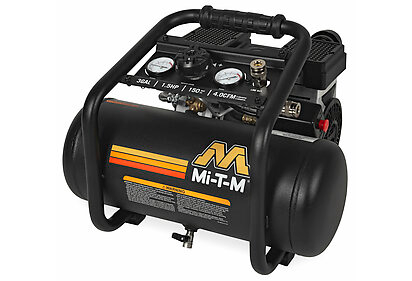 Air Compressors
Air Compressors
 Custom Fire Pits
Custom Fire Pits
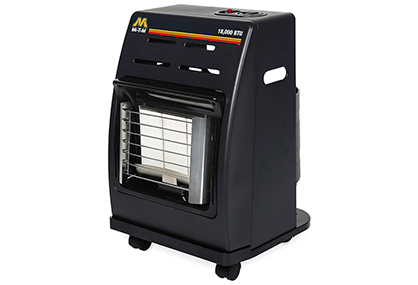 Portable Heaters
Portable Heaters
